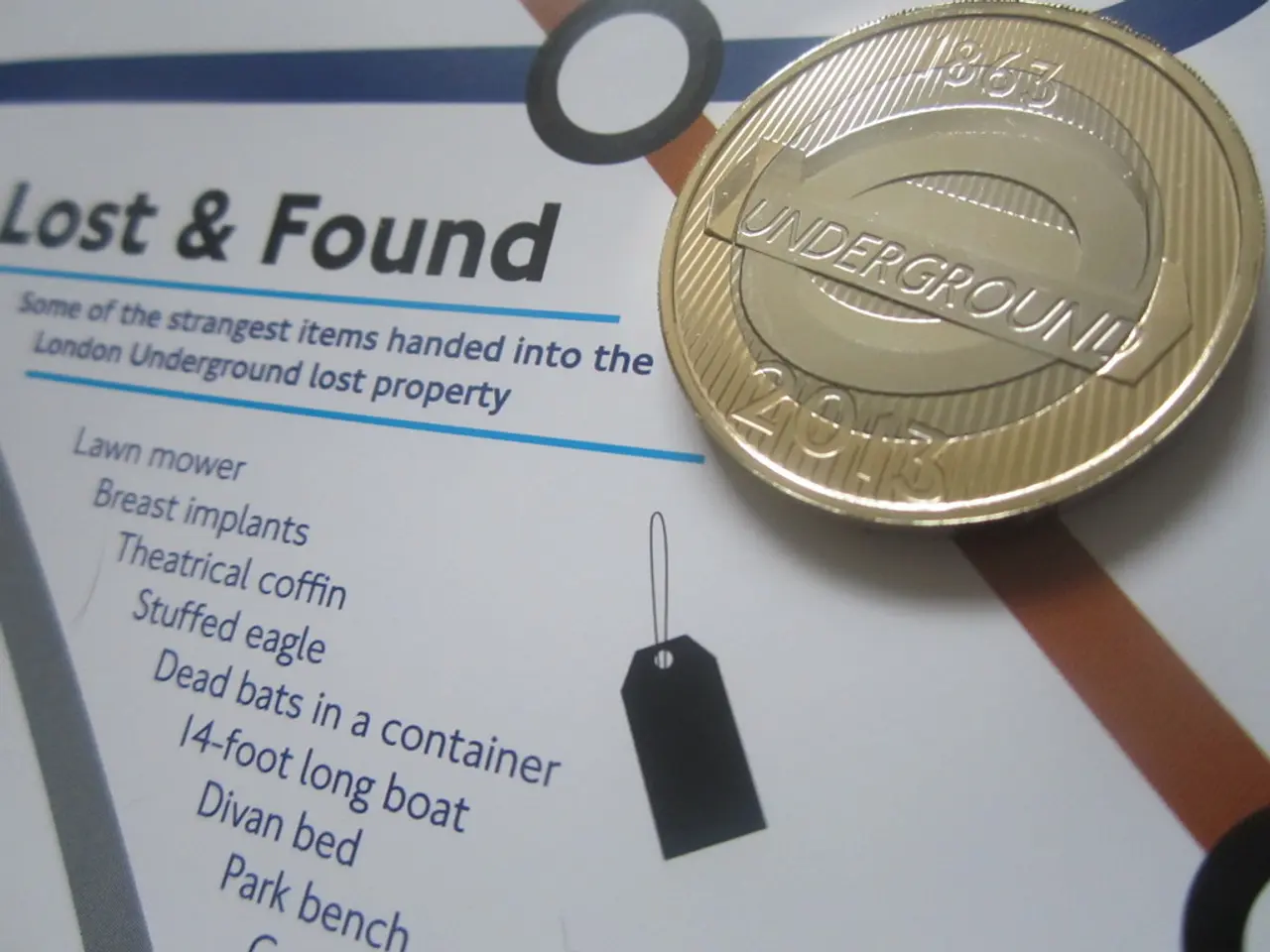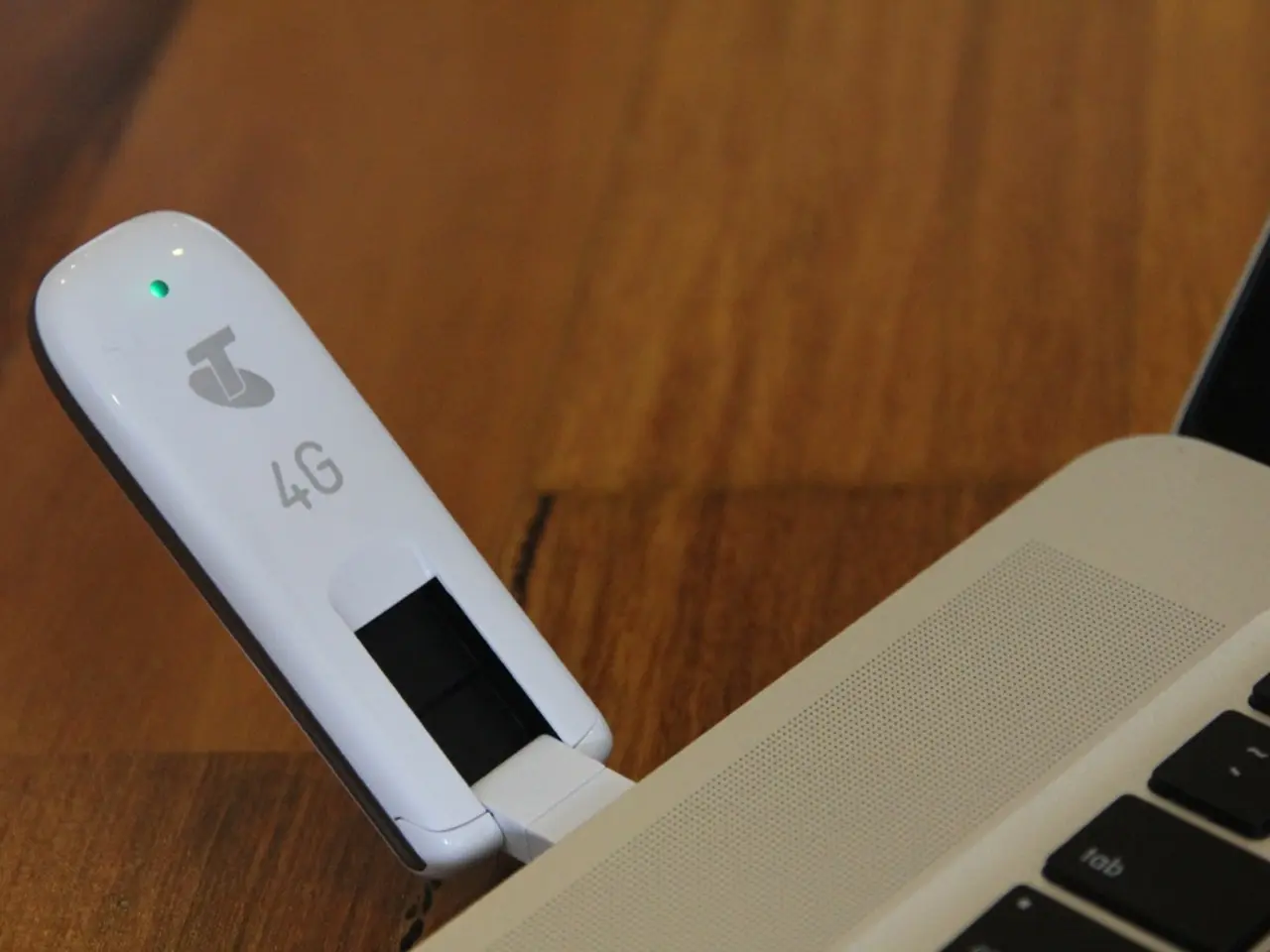JPMorgan predicts that the Micro-prudential Regulation for Crypto-Assets (MiCA) will stimulate a surge in stablecoin adoption
In the rapidly evolving world of cryptocurrencies, the European Union's MiCA regulations are reshaping the landscape of euro-denominated stablecoins. The latest developments highlight a strengthening regulatory framework and market consolidation favouring fully compliant issuers like Circle’s EURC, alongside strategic shifts such as Tether discontinuing EURT to comply with MiCA standards.
Circle’s EURC, explicitly defined as an e-money token under MiCA, is a leading euro-denominated stablecoin. Backed 1:1 by euro reserves, it benefits from the EU’s new unified licensing regime that allows passporting across all 27 member states and the EEA. This compliance positions EURC strongly for increased adoption across the EU.
In contrast, Tether’s EURT stablecoin, which had significant circulation previously, is being discontinued due to non-compliance with MiCA’s stringent requirements for stablecoins. As a result, EURT is being delisted from EU exchanges, shifting market share toward MiCA-compliant tokens like EURC.
Euro stablecoins, while still a small segment compared to US dollar equivalents, are experiencing rapid growth. The sector has seen a ~60% increase since late 2024, fuelled by regulatory clarity and newly launched projects. One such example is the Deutsche Bank-backed EURAU stablecoin, which recently launched as a MiCA-compliant euro token, aiming to grow euro stablecoins in a dominantly USD stablecoin market.
The overall stablecoin market is forecasted to grow substantially, with euro-denominated tokens expected to play a larger role. The new MiCA regulations ban algorithmic stablecoins entirely, reflecting lessons from past failures, and emphasize full reserve backing and robust issuer oversight.
Tether, the stablecoin issuer, decided to discontinue support for EURT in November. However, the specific legislative requirements that led to this decision are not detailed. Tether has, however, invested in European stablecoin issuers Quantoz and StablR as part of its new strategy on the continent.
As of November 2024, MiCA-compliant stablecoins hold a record 91% market share. Other examples of MiCA-compliant stablecoins include EURCV from Societe Generale and EURI from Banking Circle. The MiCA regulations, effective from December 30, 2024, in the EU allow for the development of euro-denominated stablecoins, providing a solid foundation for the future growth of this rapidly evolving market.
[1] CoinDesk (2024). JPMorgan: MiCA-Compliant Stablecoins Strengthening Positions. [online] Available at: https://www.coindesk.com/business/2024/11/01/jpmorgan-mica-compliant-stablecoins-strengthening-positions/
[2] CoinDesk (2024). MiCA Regulations: What They Mean for Stablecoins. [online] Available at: https://www.coindesk.com/policy/2024/12/30/mica-regulations-what-they-mean-for-stablecoins/
[3] CoinDesk (2024). Tether Discontinues EURT Amid MiCA Compliance Challenges. [online] Available at: https://www.coindesk.com/business/2024/11/15/tether-discontinues-eur-amid-mica-compliance-challenges/
[4] CoinDesk (2024). Deutsche Bank Launches MiCA-Compliant EURAU Stablecoin. [online] Available at: https://www.coindesk.com/business/2024/12/01/deutsche-bank-launches-mica-compliant-eurau-stablecoin/
- Technology plays a crucial role in the evolution of the stablecoin market, as new MiCA-compliant tokens, such as Circle’s EURC and Deutsche Bank's EURAU, leverage advanced technology to comply with stringent EU regulations.
- Investors are increasingly focusing on finance opportunities within the rapidly growing sector of euro-denominated stablecoins, as more players enter the market, such as Tether's investments in Quantoz and StablR, aiming to comply with the MiCA framework and tap into the wider European market.




